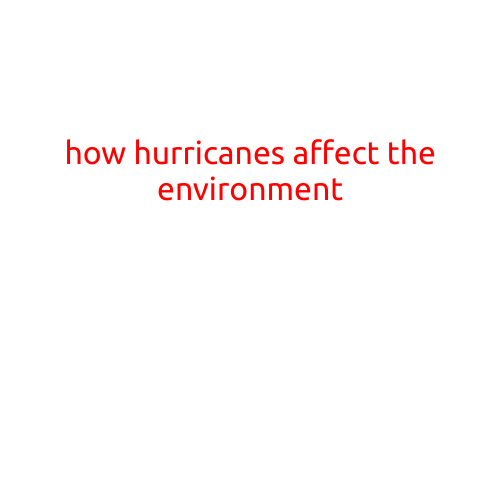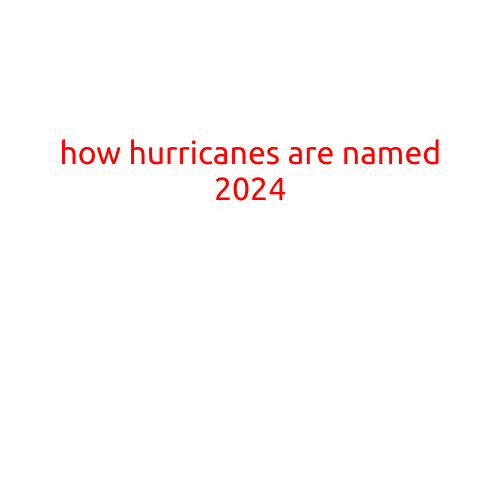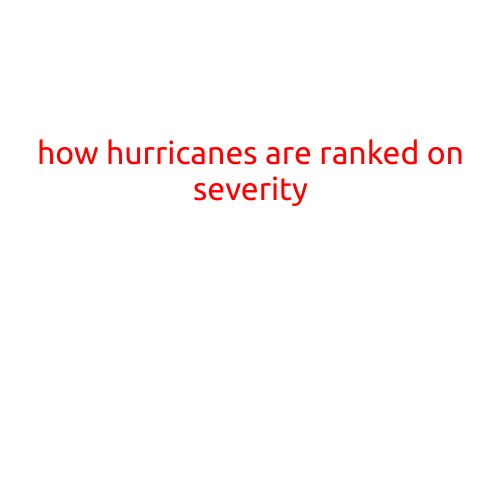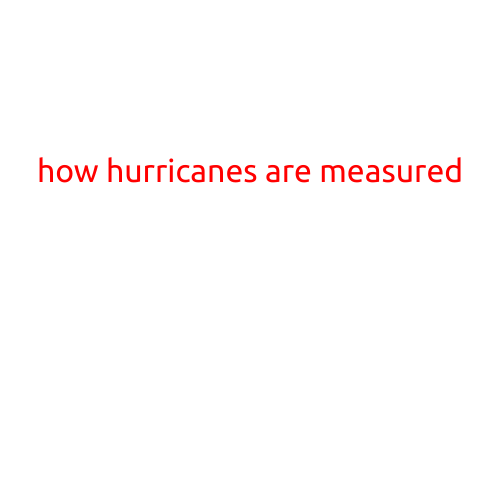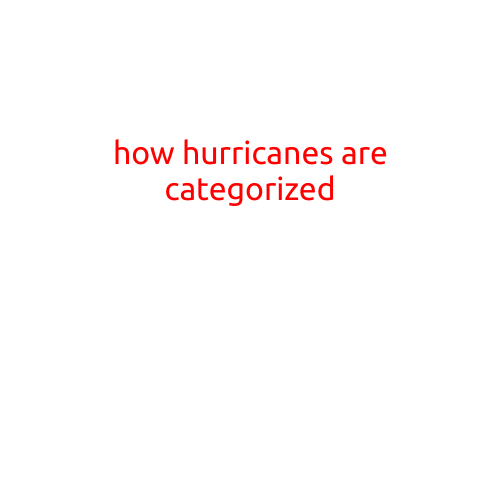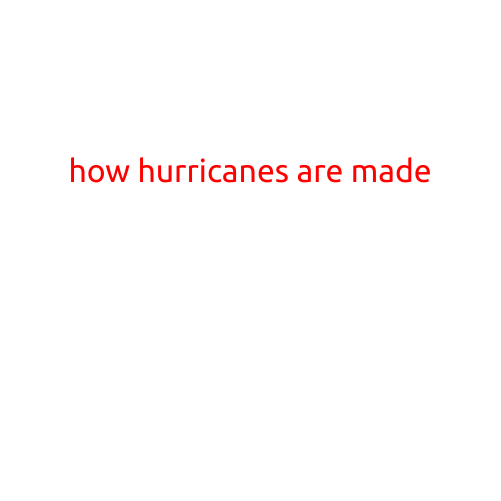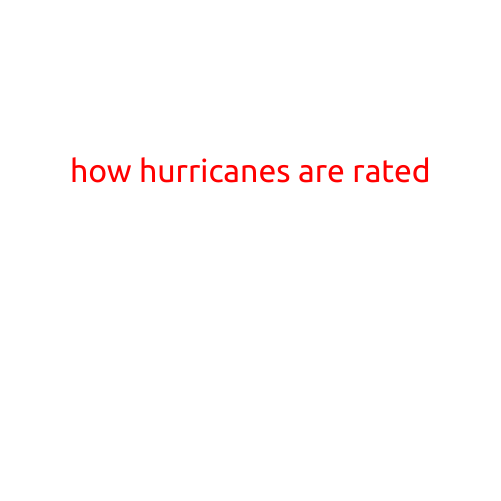
How Hurricanes are Rated
Hurricanes are powerful tropical cyclones that can bring devastating winds, heavy rainfall, and flooding to coastal areas and communities. But did you know that these storms are classified and rated using a specific system? This system helps to provide a standardized way of measuring the intensity of hurricanes and warning communities of potential threats. In this article, we’ll explore the basics of how hurricanes are rated.
The Saffir-Simpson Hurricane Wind Scale
The most widely used system for rating hurricanes is the Saffir-Simpson Hurricane Wind Scale, developed by Herbert Saffir and Bob Simpson in 1971. This scale categorizes hurricanes into five classes based on their wind speed, central pressure, and potential damage.
Here’s a breakdown of the categories:
Category 1: Minimum damage: Winds of 74-95 mph (64-82 kt, 119-153 km/h). Some roof damage to large structures, a few chimneys may fall, and some power outages may occur.
Category 2: Moderate damage: Winds of 96-110 mph (83-95 kt, 154-177 km/h). More extensive damage to small buildings, some chimneys may fall, and power outages will become more frequent.
Category 3: Extensive damage: Winds of 111-129 mph (96-112 kt, 178-208 km/h). Some structural damage to large buildings, and some apartment buildings may be damaged, with many chimneys falling.
Category 4: Severe damage: Winds of 130-156 mph (113-136 kt, 209-257 km/h). Extensive damage to small buildings and low-lying roads. Many apartment buildings and most small buildings will be damaged, with many mobile homes destroyed.
Category 5: Catastrophic damage: Winds of 157 mph or higher (137 kt or higher, 258 km/h or higher). Catastrophic damage will occur, with nearly all buildings destroyed, and many will be swept away.
Other Factors Considered
While the Saffir-Simpson scale focuses on wind speed, other factors are also taken into account when rating hurricanes, including:
- Central pressure: A lower central pressure indicates a stronger storm.
- Rainfall: Heavy rainfall can cause flooding and landslides.
- Storm surge: A rise in sea level due to the storm can cause coastal flooding and damage.
- Size: A larger storm can affect a greater area with its winds and rainfall.
Rating Hurricanes on Other Scales
In addition to the Saffir-Simpson scale, hurricanes can also be rated using the following systems:
- Dvorak Technique: This system uses satellite imagery to estimate a hurricane’s wind speed and intensity.
- Storm Prediction Center (SPC) Scale: This scale classifies hurricanes based on their potential impact on the United States.
Conclusion
Understanding how hurricanes are rated is crucial for preparing communities and warning them of potential threats. By considering wind speed, central pressure, rainfall, storm surge, and size, meteorologists can provide accurate ratings for these powerful storms. Whether you live in a hurricane-prone area or are simply interested in learning more about these powerful storms, knowing how hurricanes are rated can help you stay safe and informed.
